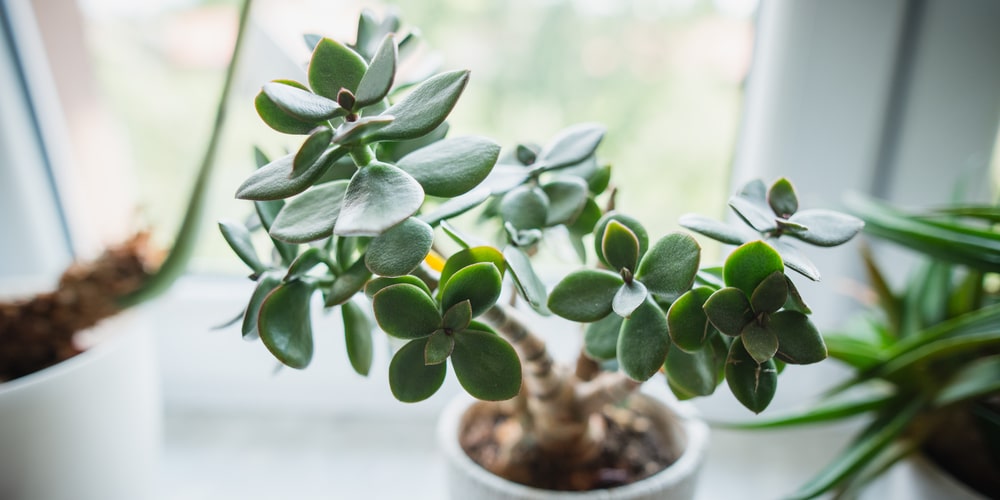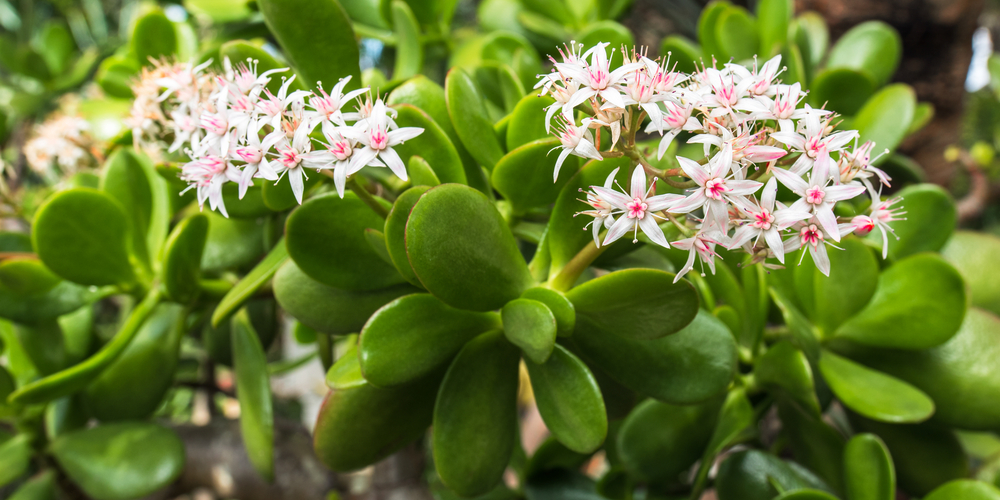Planters love relocating their plants every once in a while for some fresh air and sunlight. However, you are probably here to find out if moving your jade plant outdoors is a good idea and (if it is) how it should be done. The answer is simple. Jade plants can be moved outside in late spring and throughout the summer.
You’ll have to keep the jade plant in spots where it has direct access to sunlight in the mornings and evenings. However, you should take care and ensure that the plant isn’t exposed to intense afternoon sunlight. The relative humidity should be less than 50%, while the best temperatures should be between 65˚F and 90˚F. You should only water the plant when the soil is dry.
Do jade plants do well outside?

Jade plants can thrive outdoors if they are properly cared for and provided with a balanced living environment. Caring for jade plants changes whenever you choose to move them outdoors, which means that you’ll need to assess and readjust your care program. Jade plants are (originally) outdoor plants; however, planting them indoors acclimates them to a controlled environment. You’ll need to take your time and move the plant out following a slow and methodical process to prevent shock.
Things you’ll need to remember
Light
As mentioned before, it’s important to place your jade plant in positions (i.e., sheds) that allow them to absorb maximum light in the morning and evening. However, you should protect the plant from harsh afternoon sunlight since it could harm its leaves. Allow the plant four hours of sunlight each day to protect them from losing a lot of moisture.
Temperature
Jades are desert plants meaning that they are relatively comfortable in moderate to high temperatures. The best temperature that jades can grow comfortably in ranges between 65 to 90˚F, and anything above this could harm your jade plant.
Can they survive the winter?- Jade plants can survive the winter; however, you’ll have to watch out and bring them inside whenever you notice the first sign of distress. You can leave them out during early winter; however, you’ll have to bring them back in if the weather becomes too chilly.
Placement
Where should you place your jade plant outside?
- You can place your jade plant outside on the windowsill in locations that receive lots of indirect sunlight and a couple of hours of direct sunlight daily.
- You can also place the plant under a tree canopy
- You can also place them on patios in summer
- You could also place them beside your home’s wall
Watering
Jade plants living outdoors require more watering compared to those living indoors. Remember that the water evaporates quickly when your plant is placed outdoors. Therefore, you’ll need to increase your watering frequency. You should regularly check and ensure that the plant’s soil is moist at all times.
There isn’t any strict watering schedule set out for jade plants. You should water your plant based on your assessment. For instance, you should dip your finger in the soil around the plant and lift them out. If they feel moist, then the plant is okay. If they feel dry, then the plant may need to be watered.
Remember not to overwater the plant since this could lead to root rot. The general rule of thumb is that you should increase (relatively) the watering frequency in summer (when there is low humidity) and reduce it during fall (when there is high humidity).
How to move the plant outdoors
- Look for a shaded area that doesn’t expose the plant to too much sunlight.
- Place the plant outside each day with small periodic increments in the amount of time they stay outside.
- Expose the plant to direct sunlight for two hours each day and keep them in the shade for the rest of the day.
- Repeat this process for a week.
Moving Jade Plant Outdoors: Conclusion
You’ll need to check the plant consistently for any signs of distress. This could include physical damage (i.e., wilting, breakages, sunburns, or attacks by pests. You can also provide them with appropriate fertilizer once a month to help them grow healthier.
Jades can withstand incremental temperature changes; however, they can be affected if the temperature changes are sudden. Therefore, it’s a good idea to ensure that the plant isn’t hit by draughts that could cause sudden shifts in temperature
